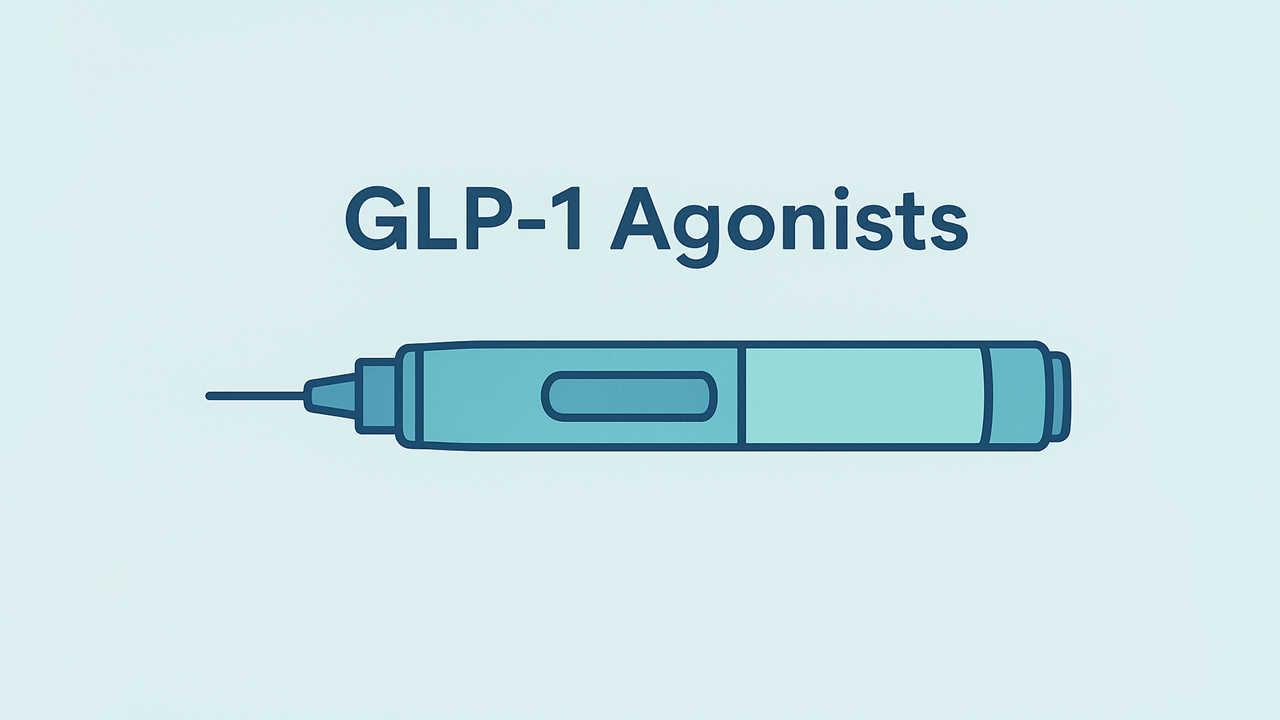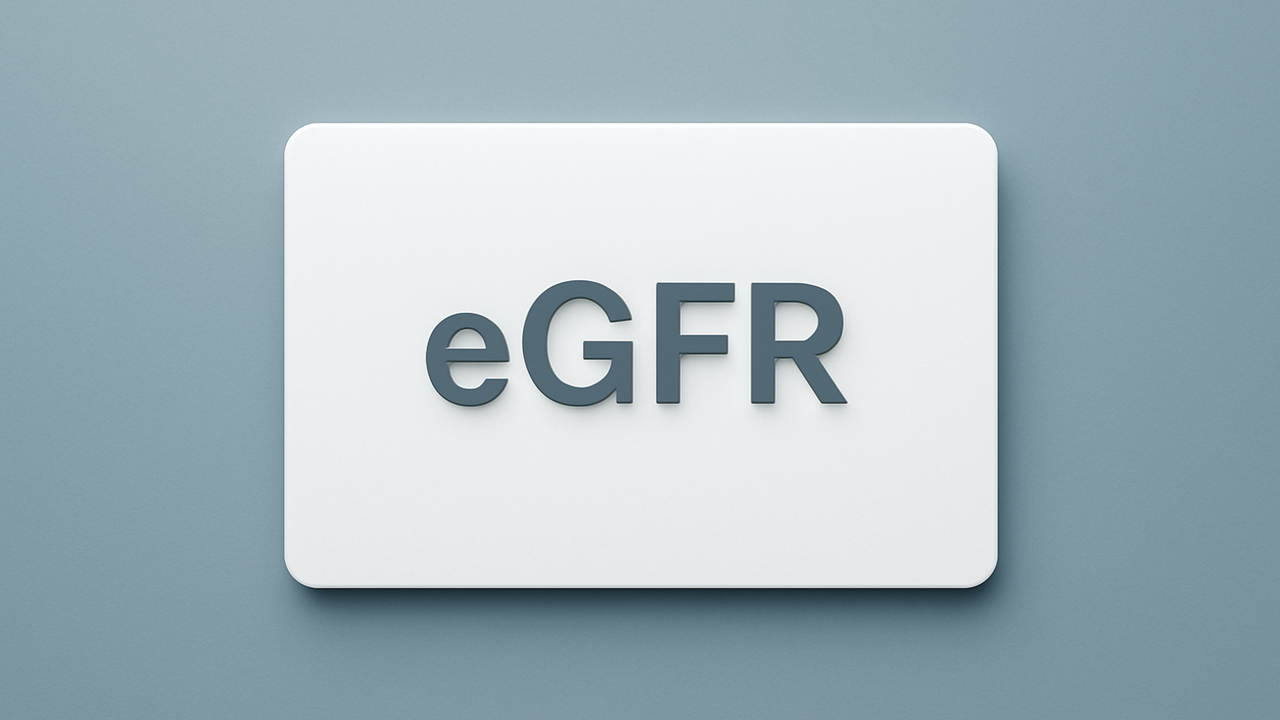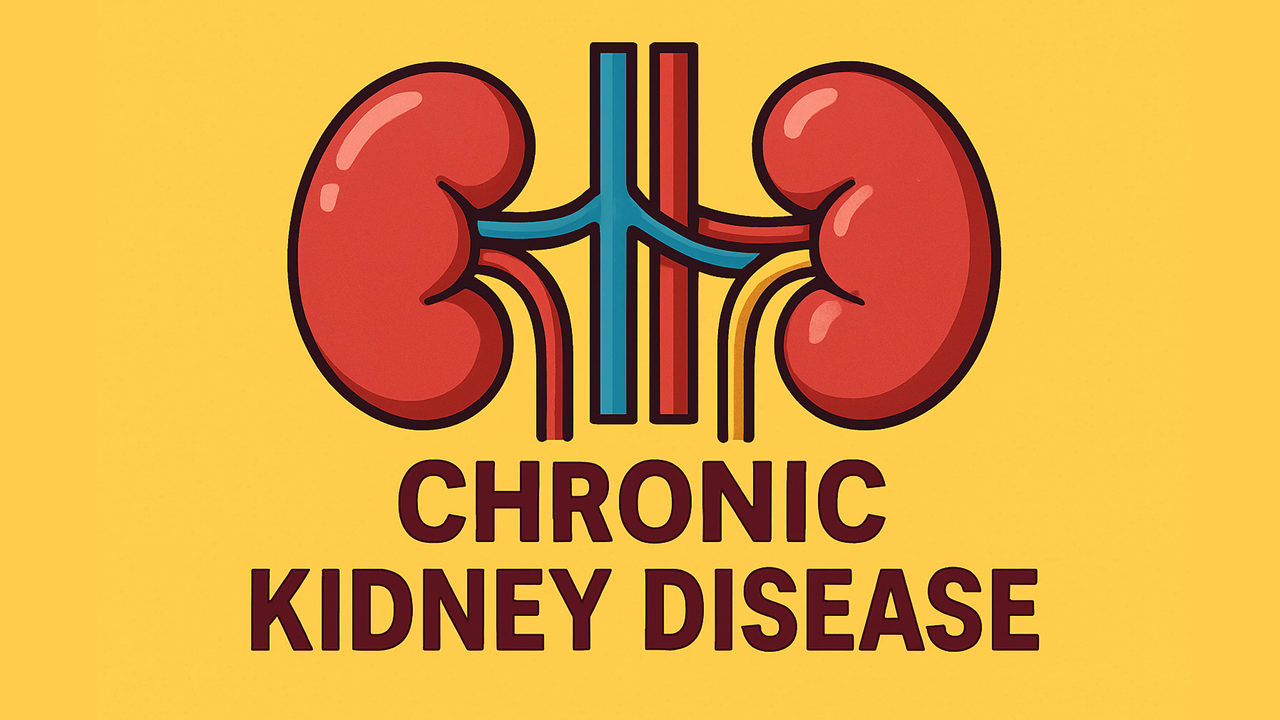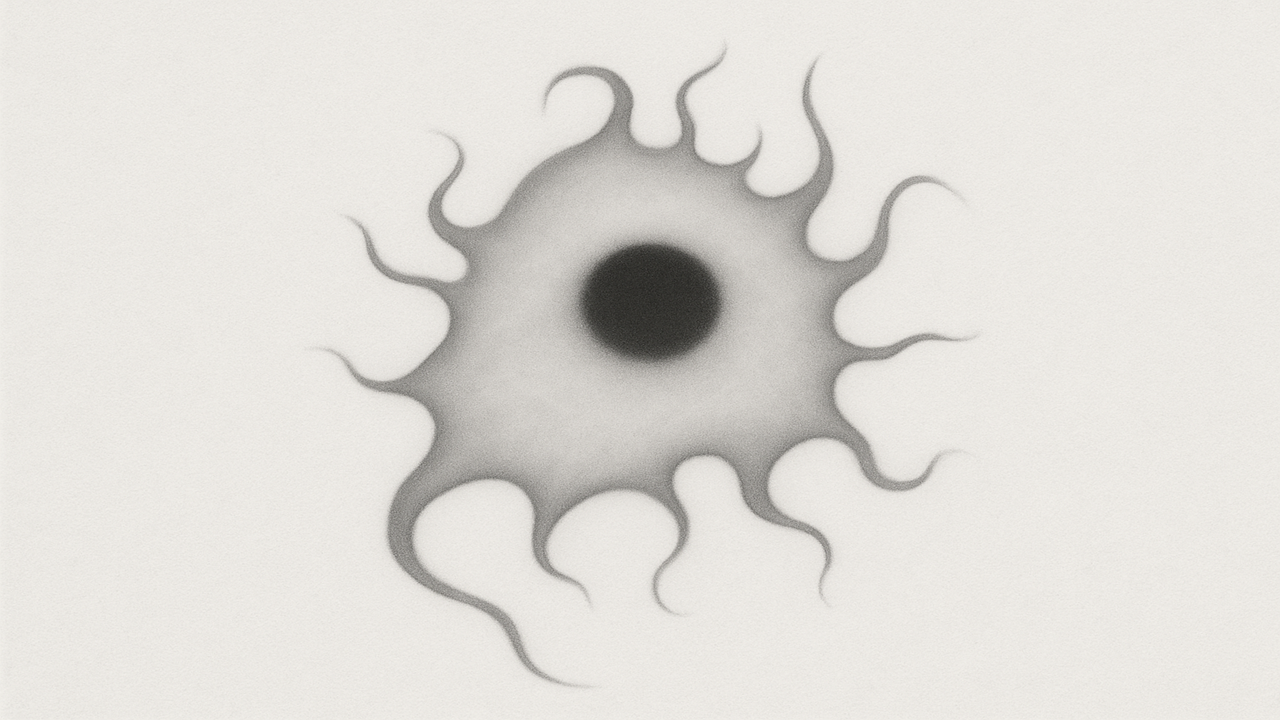What is Bartter Syndrome?
Overview
Bartter syndrome is a group of rare, inherited kidney disorders in which the thick ascending limb (TAL) of the loop of Henle cannot reabsorb sodium, potassium, and chloride efficiently. The resulting salt loss triggers chronic activation of the renin–angiotensin–aldosterone system (RAAS), yet blood pressure remains normal or low because the circulating volume is persistently depleted [1]. Globally, the condition is estimated to affect roughly 1 in 1 million people, although founder effects create local hot spots (e.g., parts of Costa Rica and Kuwait) [1]. If left untreated, severe dehydration, growth failure, and life‑threatening electrolyte disturbances can occur, but modern therapies have markedly improved survival and quality of life [2].
Pathophysiology
In a healthy kidney the TAL acts like a recycling plant, reclaiming large quantities of filtered salt through the Na‑K‑2Cl cotransporter (NKCC2) and related channels. Genetic mutations that disrupt any component of this system create a “permanent loop‑diuretic effect”:
Salt wasting → chronic volume depletion
RAAS overdrive → very high renin and aldosterone
Potassium and hydrogen loss → hypokalaemic metabolic alkalosis
High prostaglandin E₂ → further renin release and brisk urine flow [1, 2]
Despite high aldosterone, blood pressure does not rise because there is simply not enough sodium retained to expand vascular volume.
Genetic Subtypes
At least five major genes are recognised, each producing a distinctive pattern of severity, extra‑renal features, and inheritance [2, 3].
| Subtype | Gene / Protein Affected | Typical Onset | Key Clinical Features | Inheritance |
| Type 1 | SLC12A1 / NKCC2 | Fetal‑Neonatal | Severe polyhydramnios, neonatal dehydration | Autosomal recessive |
| Type 2 | KCNJ1 / ROMK | Fetal‑Neonatal | Similar to Type 1; episodic hyperkalaemia in early days | Autosomal recessive |
| Type 3 | CLCNKB / ClC‑Kb | Infancy–Childhood | “Classic” Bartter; milder course | Autosomal recessive |
| Type 4a/4b | BSND (± CLCNKA/B) / Barttin | Fetal‑Neonatal | Severe disease + sensorineural deafness | Autosomal recessive |
| Type 5 | MAGED2 | Fetal (transient) | Antenatal salt wasting that improves post‑natally; boys predominantly | X‑linked recessive |
Genetic confirmation guides prognosis (e.g., anticipate hearing loss in Type 4) and enables prenatal counselling.
Clinical Presentation
Severity ranges from life‑threatening neonatal dehydration to a milder childhood picture. Core manifestations stem from salt, water, and potassium loss [1, 3].
Polyuria & polydipsia: constant thirst and large volumes of dilute urine
Failure to thrive & poor growth: inadequate weight and length gain in infancy
Dehydration signs: dry mucous membranes, sunken anterior fontanelle, salt craving
Muscle weakness & cramps: due to persistent hypokalaemia
Nephrocalcinosis/kidney stones: high urinary calcium deposits in renal parenchyma
Sensorineural deafness: unique to Type 4
Normal or low blood pressure: paradoxical in the face of high aldosterone
Parents often describe an infant who drinks “endless” bottles yet urinates through multiple diapers overnight, fails to gain weight, and prefers salty foods.
Diagnostic Approach
A combination of clinical suspicion, biochemical “fingerprints,” and genetic testing confirms the diagnosis [2].
Serum chemistry – hypokalaemic, hypochloraemic metabolic alkalosis; magnesium usually normal (distinguishes from Gitelman) [2].
Urinary electrolytes – high urine chloride (> 20 mEq/L) despite volume depletion; high potassium and sodium losses.
Hormone profile – markedly elevated plasma renin and aldosterone with normotension [2].
Imaging – renal ultrasound may reveal nephrocalcinosis.
Genetic panel – sequencing of SLC12A1, KCNJ1, CLCNKB, BSND, and MAGED2 confirms subtype and enables family screening [3].
Prenatal clues – polyhydramnios on ultrasound plus a family history of Bartter warrants early neonatal electrolyte checks or prenatal genetic testing [2].
Differential diagnoses include Gitelman syndrome, surreptitious diuretic use, prolonged vomiting, cystic fibrosis–related salt loss, and congenital adrenal hyperplasia.
Management Strategies
There is no cure yet, but meticulous replacement of losses and modulation of maladaptive pathways allow normal growth and development for most patients [2, 9].
Core Interventions
Potassium chloride (often high‑dose, lifelong) to maintain serum K⁺ > 3.5 mmol/L.
Sodium chloride supplements or liberal dietary salt, especially critical in infancy.
Fluid liberalisation – never restrict water; intravenous hydration during illness.
Pharmacotherapy
Potassium‑sparing agents (spironolactone, eplerenone, amiloride) blunt aldosterone‑driven K⁺ wasting [2].
Non‑steroidal anti‑inflammatory drugs (indomethacin; high‑dose ibuprofen) inhibit COX‑2 and prostaglandin E₂, reducing polyuria and improving weight gain [2].
Adjunct acetazolamide under study to counter severe metabolic alkalosis by inducing mild acidosis [6].
Supportive Measures
Nutritional optimisation, including calcium/vitamin D for bone health.
Growth hormone therapy for persistent short stature after other causes are excluded [4].
Early audiology referral and hearing aids/cochlear implants for Type 4.
Education on recognising dehydration or muscle weakness early.
Regular follow‑up (growth charting, serum electrolytes, renal ultrasound, audiology) is essential. Multidisciplinary teamwork improves adherence and outcomes.
Complications & Long‑Term Outlook
With modern care, most individuals reach adulthood and lead active lives, yet certain risks persist.
| Potential Complication | Mechanism | Prevention / Management |
| Cardiac arrhythmias | Severe or rapid‑onset hypokalaemia prolongs QT interval | Strict K⁺ monitoring; ECG if symptomatic [5] |
| Nephrocalcinosis & CKD | Chronic hypercalciuria, NSAID exposure | High fluid intake, ultrasound surveillance, nephrology input [4] |
| Short stature | Chronic catabolic stress, GH axis disruption | Optimal electrolytes, consider GH therapy [4] |
| Pregnancy challenges | ↑ RAAS, fluid shifts, risk of pre‑term labour | Close maternal‑fetal medicine & nephrology supervision |
Long‑term series show ~40 % prevalence of short stature and ~10 % risk of CKD stage ≥ 3 by early adulthood [4]. Nonetheless, life expectancy approaches normal with attentive management.
Research Pipeline & Future Directions
Rare‑disease collaboration is accelerating translational research.
Precision pharmacology: small‑molecule “chaperones” that rescue misfolded NKCC2 or ROMK proteins are in pre‑clinical development [7].
Gene therapy/editing: advances in renal vector delivery raise hope for replacement of defective genes, possibly even in utero for severe antenatal cases.
Refined RAAS modulation: low‑dose angiotensin‑II receptor blockers or renin inhibitors are being piloted to tame hyperaldosteronism without exacerbating hypotension.
Artificial‑intelligence dosing tools: registry‑based machine‑learning models aim to predict individual salt and potassium needs, simplifying daily management.
Consensus guidelines: ERKNet 2021 recommendations have standardised care; updates are expected as new data emerge [2].
Although a definitive cure remains elusive, the trajectory is encouraging: targeted therapies promise to shift management from lifelong supplementation to disease modification.
Take‑Home Messages
Early recognition saves lives. Hypokalaemic, metabolic alkalosis with normal blood pressure is a red flag for Bartter syndrome.
Salt and potassium replacement form the therapeutic backbone; NSAIDs and potassium‑sparing agents fine‑tune balance.
Genotype matters – it clarifies prognosis (e.g., deafness risk) and guides emerging precision treatments.
Lifelong monitoring is required to avert arrhythmias, growth failure, and chronic kidney disease.
Research momentum suggests molecular and gene‑based therapies may drastically change the outlook within the next decade.
References
Cunha, T. S., & Heilberg, I. P. (2018). Bartter syndrome: causes, diagnosis, and treatment. International Journal of Nephrology and Renovascular Disease, 11, 291–301.
Konrad, M., Nijenhuis, T., Ariceta, G., et al. (2021). Diagnosis and management of Bartter syndrome: Executive summary of the consensus and recommendations from the ERKNet Working Group for Tubular Disorders. Kidney International, 99(2), 324–335.
National Library of Medicine. (2020, June 9). Bartter syndrome. In MedlinePlus Genetics.
Choi, N., Kim, S. H., Bae, E. H., et al. (2023). Long‑term outcome of Bartter syndrome in 54 patients: A multicenter study in Korea. Frontiers in Medicine, 10, 1099840.
Cortesi, C., Lava, S. A. G., Bettinelli, A., et al. (2010). Cardiac arrhythmias and rhabdomyolysis in Bartter‑Gitelman patients. Pediatric Nephrology, 25(10), 2005–2008.
Assadi, F. (2019). Acetazolamide therapy for hypokalaemic alkalosis in Bartter syndrome. Journal of Renal Injury Prevention, 8(3), 169–171.
Laghmani, K. (2024). Protein quality control of NKCC2 in Bartter syndrome and blood pressure regulation. Cells, 13(10), 818.
Genetic and Rare Diseases Information Center. (n.d.). Bartter syndrome. U.S. National Institutes of Health.
Frassetto, L. A. (2019, May 30). Bartter syndrome treatment and management. Medscape.
Bartter, F. C., et al. (1962). Hyperplasia of the juxtaglomerular complex with hyperaldosteronism and hypokalaemic alkalosis. American Journal of Medicine, 33(6), 811–828.
About the Author
Harry Negron is the CEO of Jivaro, a writer, and an entrepreneur with a strong foundation in science and technology. He holds a B.S. in Microbiology and Mathematics and a Ph.D. in Biomedical Sciences, with a focus on genetics and neuroscience. He has a track record of innovative projects, from building free apps to launching a top-ranked torrent search engine. His content spans finance, science, health, gaming, and technology. Originally from Puerto Rico and based in Japan since 2018, he leverages his diverse background to share insights and tools aimed at helping others.































